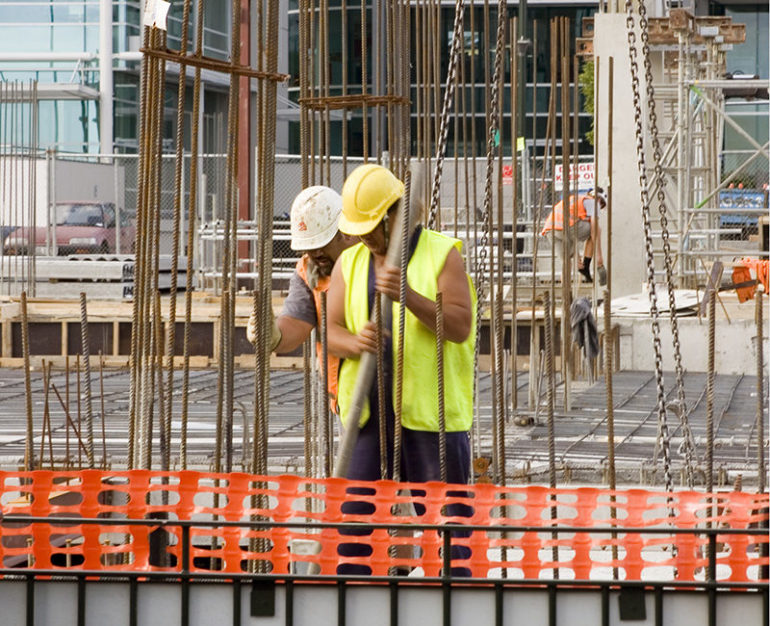By Alan Titchall, Editorial Manager
The industry welcomed the Infrastructure Commission‘s Infrastructure Strategy 2022-2052 as not only recognising our massive infrastructure deficit, but for calling for increased support, better planning, and targeted government investment.
Nothing new with this challenge which has been in our face since the first colonial settlement was washed out to sea at Petone in 1839 after experiencing its first storm.
However, it is now up to the Government to assess the commission‘s report by September and do something about it, or not.
As CCNZ chief Alan Pollard says in his June comment (also posted on this website), the strategy’s 68 suggestions lay bare the huge task in bringing the country’s infrastructure up to date in the face of a massive construction worker shortfall, projected to reach 118,500 by 2024, and construction costs rising 60 percent faster than the rest of the economy.
Alan points to the need for a strong working partnership between government, support agencies and industry on the implementation of the strategy. You, at the coal-face of contract engineering, know better than anyone, and you will finally do all the work.
He also notes another valid point: “Of particular significance was ‘where’ spending would have the most
positive effect.”
I know you can say any contracting work is money-making ‘work’, but we all have an investment in this country’s future and, so far, this Government has come up with some very questionable ideas on what infrastructure it spends our tax revenues on.
Unfortunately, we are being culturally/politically pulled by the hair through a period of faddish green-wash and a doomsday hysteria around carbon dioxide that colours infrastructure practicalities. Even a IPCC card-carrying fanatic can work out that this country’s emissions are counted in fractions on a global scale.
So why is the likes of Auckland Council spending our hard earnt income on reducing ‘transport emissions’ instead of practical infrastructure like improved drainage in the face of its contentious urban intensification
plans? We don’t need more cycle lanes in a city that gets more windy days than Wellington and features very
hilly terrain. And, you also have to ask – how many of Auckland’s residents and commuters are actually are fit enough to bicycle?
It was shame the Instructure Strategy came out at the same time as a report based on the study of our coastline that told us what every geology student already knows – coasts sink and rise through seismic and sedimentary activity.
We mentioned this study in LG magazine two years ago with the heading ‘Don’t be surprised to see your coastline recede’. Funny though, how media mostly ignored the seabed ‘rising’ in the infrastructure report to hysterically focus on the ‘sinking’ and the worse predicted scenario of sea level increases.
Apparently Wellington is supposedly sinking up 4cm a year, which will probably be news to its beachside residents, geologists and contractors who are very aware the coastal bottom of the North Island and top of the South Island tends to ‘pop’ out of the sea with every major earthquake.
The 1855 earthquake on Wairarapa Fault lifted and titled the entire Wellington peninsula. An existing lagoon known as Basin Lake was raised two metres and turned into a cricket ground. The harbour road into the city was once under the sea. And, as contractors are aware, an earthquake in 2016 lifted the seabed along a 20-kilometre stretch of the Kaikoura coast by up to two metres (and 5.5 metres in one area).
If I was planning Wellington’s future with contractors over the next 50 years, I wouldn’t be concerned with sea walls, as much as rebuilding.


Parting words from Jeremy Sole- a final column